The Xiaomi 11T is the 11T Pro’s more affordable version, using the same camera hardware but a Mediatek MT6893 Dimensity 1200 5G chipset instead of the Qualcomm Snapdragon 888 in the Pro model. The main camera features a 108MP primary module and an 8MP ultra-wide camera. In addition, there is a 5MP macro for close-ups. Xiaomi calls this camera a “telemacro” but it is not used for tele zooming, instead the device uses digital zooming algorithms on the primary camera.
We’ve put the Xiaomi 11T through our test protocol to check how it stacks up against the competition in its segment and the 11T Pro. Read on to find out.
Key camera specifications:
- Primary: 108 MP 1/1.52″ sensor (12MP output), f/1.75-aperture lens, AF
- Ultra-wide: 8 MP 1/2.8″ sensor, f/2.2-aperture lens
- Macro: 5 MP 1/5″ sensor, f/2.4-aperture lens
- LED flash
- Video: 4k at 30fps 1080p at 60/30fps 720p at 30fps.
Tested video mode: 4k/30fps (Best compromise in terms of image quality)
About DXOMARK Camera tests: For scoring and analysis in our smartphone camera reviews, DXOMARK engineers capture and evaluate over 3000 test images and more than 2.5 hours of video both in controlled lab environments and in natural indoor and outdoor scenes, using the camera’s default settings. This article is designed to highlight the most important results of our testing. For more information about the DXOMARK Camera test protocol, click here. More details on how we score smartphone cameras are available here.
Test summary
Scoring
Sub-scores and attributes included in the calculations of the global score.
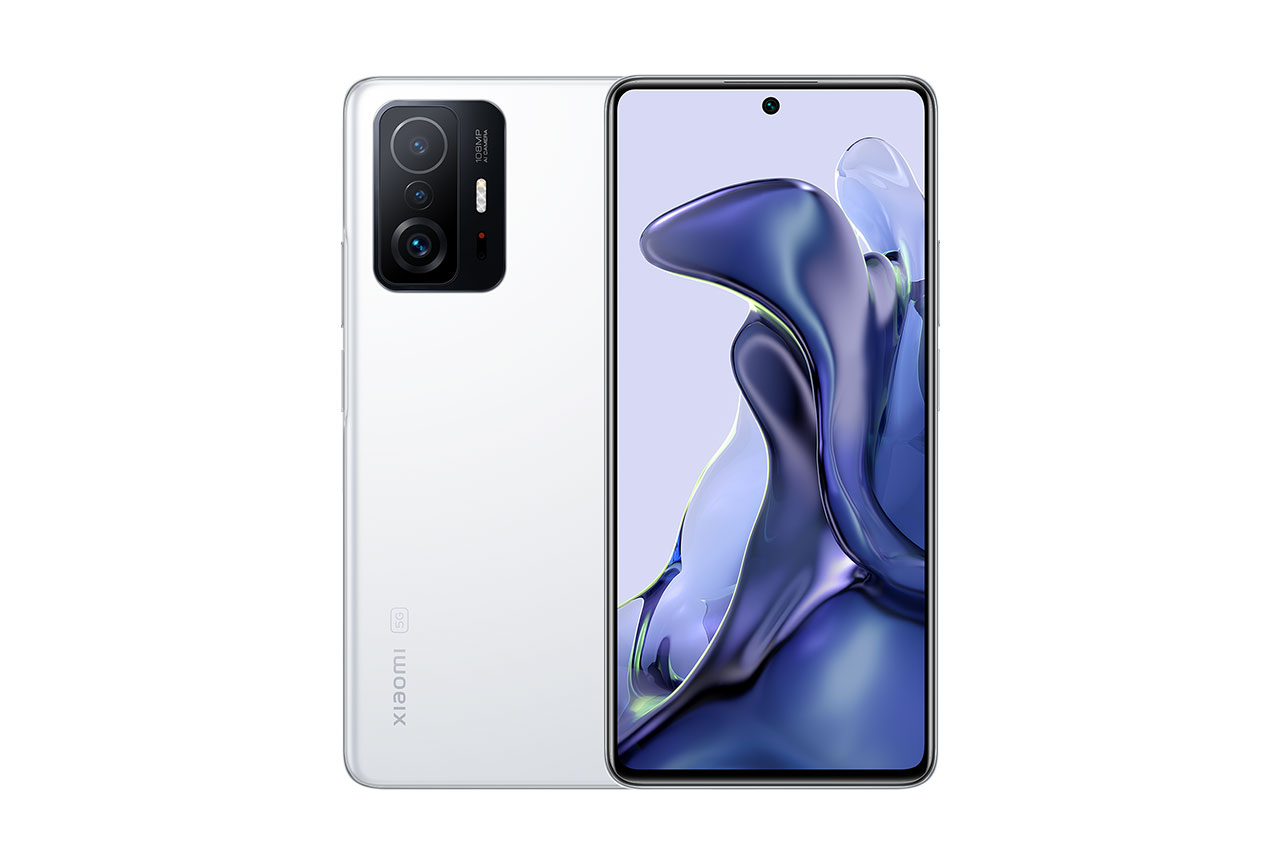
Xiaomi 11T


Use cases & Conditions
Use case scores indicate the product performance in specific situations. They are not included in the overall score calculations.
Outdoor
Photos & videos shot in bright light conditions (≥1000 lux)
Indoor
Photos & videos shot in good lighting conditions (≥100lux)
Lowlight
Photos & videos shot in low lighting conditions (<100 lux)
Friends & Family
Portrait and group photo & videos
Pros
- Accurate autofocus outdoors and in indoor conditions
- Low noise in photos as well as in indoor and outdoor video
- Captured image similar to preview in most conditions
- Nice color rendering in video
- Good level of detail in outdoor video
Cons
- Loss of fine detail in photo mode
- White balance casts and unnatural skin tones in photos
- Autofocus failures and instabilities in low light photos and video
- Low level of detail when zooming
- Underexposure in night shots
- Ineffective video stabilization system
Given that the Xiaomi 11T uses the same camera hardware as the 11T Pro, one could have expected similar results. However, with a DXOMARK Camera score of 108, the 11T lags quite some way behind the Pro model at 117, which goes to show that chipset and tuning have a big impact on image quality. The 11T is still one of the better devices in the High-End segment ($400-$599) though.
In photo mode, the 11T scores points with its excellent texture/noise tradeoff. The level of captured detail is O.K., but nothing special. Noise levels on the other hand are very low, especially in difficult low light, with the Xiaomi producing very clean images in such conditions.
On the downside, dynamic range is limited, and during our tests, we captured quite a few underexposed images in all conditions. White balance casts can be visible, too, and in high-contrast scenes, the autofocus can slow down considerably and can be inaccurate. Our testers also observed several image artifacts, including ghosting in high-contrast scenes and a loss of sharpness towards the edges of the frame.
When shooting video, the 11T produces nice colors. Detail is generally good and noise levels are well controlled unless you record in low light. The autofocus system does a good job in bright light. It is more unstable under indoor lighting, though, and sometimes downright fails in low light. Like for still, dynamic range is limited, and backlit scenes can be underexposed. We also saw stepping when the exposure system adapts to changing light conditions.
Despite a having a stabilization system, motion was still visible, especially when walking while recording, and there were noticeable differences in sharpness between frames.
Photo
The Xiaomi 11T achieves a Photo score of 111. In this section, we take a closer look at each sub-attribute and compare image quality against competitors.

Exposure and Contrast
Xiaomi 11T
79
111
In these tests, we analyze target exposure, contrast, and dynamic range, along with repeatability across a series of images. Tests are undertaken in a wide range of light conditions, including backlit scenes and low light down to 1 lux. The score is derived from a number of objective measurements in the lab and perceptual analysis of real-life images.
In low-contrast scenes, the Xiaomi 11T usually delivers accurately exposed pictures. However, subjects tend to be underexposed in scenes with a high dynamic range, such as the one below.
This behavior is also illustrated by our exposure measurements on the HDR test setup: the higher the dynamic range (EV value) the lower the measured brightness level on the target.

Color
Xiaomi 11T
84
107
In these tests, we analyze color rendering, skin tones, white balance, and color shading, along with repeatability across a series of images. The score is derived from a number of objective measurements in the lab and perceptual analysis of real-life images.
In indoor conditions and low light, white balance failures can be visible. In addition skin tones sometimes look unnatural.

Autofocus
Xiaomi 11T
85
109
In these tests, we analyze autofocus accuracy and shooting time as well as repeatability, in the lab. We test focus failures, depth of field, and tracking of moving subjects using perceptual analysis of real-life images.
The 11T’s autofocus is generally fast and accurate in bright light. However, in high-contrast scenes and in low light, our testers often observed a noticeable delay when testing in the lab.

Texture
Xiaomi 11T
88
111
In these tests we analyze texture on faces and objects, including objects in motion, in a range of light conditions, using several lab test setups and perceptual analysis of real-life images.
The Xiaomi 11T’s texture performance is far from the best, but it is slightly better than the 11T Pro, especially in low light. This should be seen in context, though. The device does very well for noise and overall the texture/noise balance is pretty good.

Noise
Xiaomi 11T
90
102
In these tests we analyze noise on faces and objects, including objects in motion, in a range of light conditions, using several lab test setups and perceptual analysis of real-life images.
Noise is well controlled on the Xiaomi 11T in all conditions, from bright outdoor light to dim low-light conditions.
For these tests we switch to the camera’s bokeh or portrait mode and analyze depth estimation, bokeh shape, blur gradient, and repeatability, as well as all other general image quality attributes mentioned above. The score is derived from perceptual analysis of real-life images.
When shooting in the Xiaomi 11T’s bokeh mode, depth artifacts are often visible.

Night
Xiaomi 11T
29
82
In these tests we shoot a selection of images in pitch-black darkness as well as with city lights in the background providing some illumination. We shoot sample images with the camera at default settings in both flash-auto and flash-off modes. We analyze all image quality attributes but we pay particular attention to exposure, autofocus, and color. We do not test night modes that have to be activated manually.
In night shots, target exposure is often too low when shooting without a flash. Autofocus errors are frequent, too.

Artifacts
Xiaomi 11T
59
77
In these tests, we check images for optical artifacts such as vignetting, flare, lens softness in the corners, distortion, and chromatic aberrations, as well as for processing artifacts such as ghosting and fusion errors, hue shift, and ringing.
Ghosting artifacts can be quite intrusive in high-contrast scenes with motion.

Preview
Xiaomi 11T
60
80
In these tests, we analyze the image quality of the preview image and the differences between preview images and captured images, particularly in terms of exposure, dynamic range, and bokeh effect. We also check the smoothness of the field-of-view changes in the preview image when zooming with both buttons or when using the pinch-zoom gesture.
The preview image on the display is generally similar to the final capture in terms of both target exposure and dynamic range.
Zoom
The Xiaomi 11T achieves a Zoom score of 42. The Zoom score includes the tele and wide sub-scores. In this section, we take a closer look at how these sub-scores were achieved and compare zoom image quality against the competitors.

Wide
Xiaomi 11T
32
58
In these tests, we analyze the performance of the ultra-wide camera at several focal lengths from 12 mm to 20 mm. We look at all image quality attributes, but we pay particular attention to such artifacts as chromatic aberrations, lens softness, and distortion.
The Xiaomi 11T’s ultra-wide camera often produces a high level of detail in the center of the frame, higher than on the 11T Pro. On the downside, there are also strong aliasing artifacts at the center, as well as strong differences in sharpness across the frame.

Tele
Xiaomi 11T
48
140
In these tests we analyze all image quality attributes at focal lengths from approximately 40 to 300 mm, paying particular attention to texture and detail. The score is derived from a number of objective measurements in the lab and perceptual analysis of real-life images.
When tele-zooming, the 11T’s results are close to the 11T Pro. The score is a little higher than the Pro model but still lower than many competitors. This is due to the lack of a dedicated tele camera or any other advanced zoom technology.
Video
In our Video tests we analyze the same image quality attributes as for still images, such as exposure, color, texture, and noise, but we also include such temporal aspects as speed, smoothness and stability of exposure, white balance, and autofocus transitions.
NOTE: The sample video clips in this section are best viewed at the highest resolution available.
The Xiaomi 11T achieves a Video score of 105. A device’s overall Video score is derived from its performance and results across a range of attributes in the same way as the Photo score. In this section, we take a closer look at these sub-scores and compare video image quality against competitors.

Exposure and Contrast
Xiaomi 11T
89
118
In video mode, backlit scenes are sometimes underexposed, as you can see in the video stills below.

Color
Xiaomi 11T
102
107
These video stills show the Xiaomi 11 T’s color performance in outdoor conditions.

Autofocus
Xiaomi 11T
87
109
This video sample shows autofocus instabilities in low light.

Texture
Xiaomi 11T
80
99
These samples show the Xiaomi 11 T’s video texture performance in high-contrast indoor conditions.
Our testers also observed a moving texture artifact that is caused by the stabilization algorithms. In the video clip below this is visible on the small deadleaves chart (just above the colored pencils).

Noise
Xiaomi 11T
82
105
This graph shows the Xiaomi 11 T’s noise performance in the lab.

Artifacts
Xiaomi 11T
79
85
For video artifacts, we check for the same kinds of artifacts mentioned in the Photo section, along with such video-specific artifacts as frame rate variation in different light conditions, judder effect, and moving artifacts (artifacts such as aliasing, color quantization, and flare can often be more intrusive when moving than in a still image).
These video stills show color quantization artifacts on areas of plain color. This artifact is especially noticeable in indoor and low-light video clips.

Stabilization
Xiaomi 11T
90
103
In these tests, we analyze residual motion when handholding the camera during recording, as well as when walking and running with the camera. We also look for stabilization artifacts such as jello effect, sharpness differences between frames, and frame shift (abrupt changes of framing).
Xiaomi 11T videos often show camera shake as well as stabilization artifacts and a strong sharpness difference between frames.


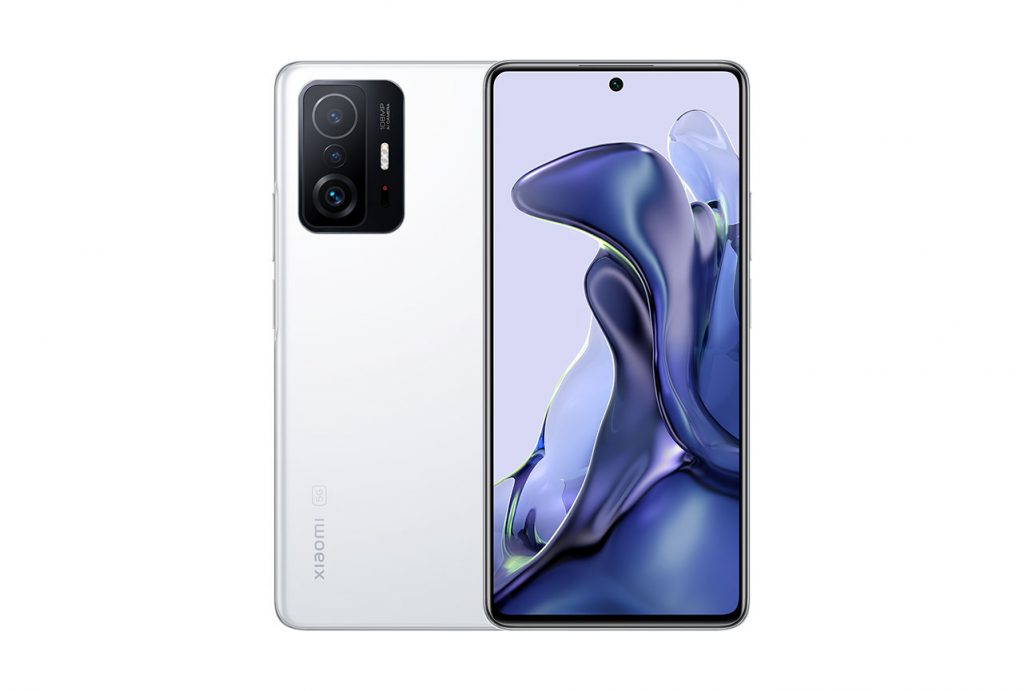



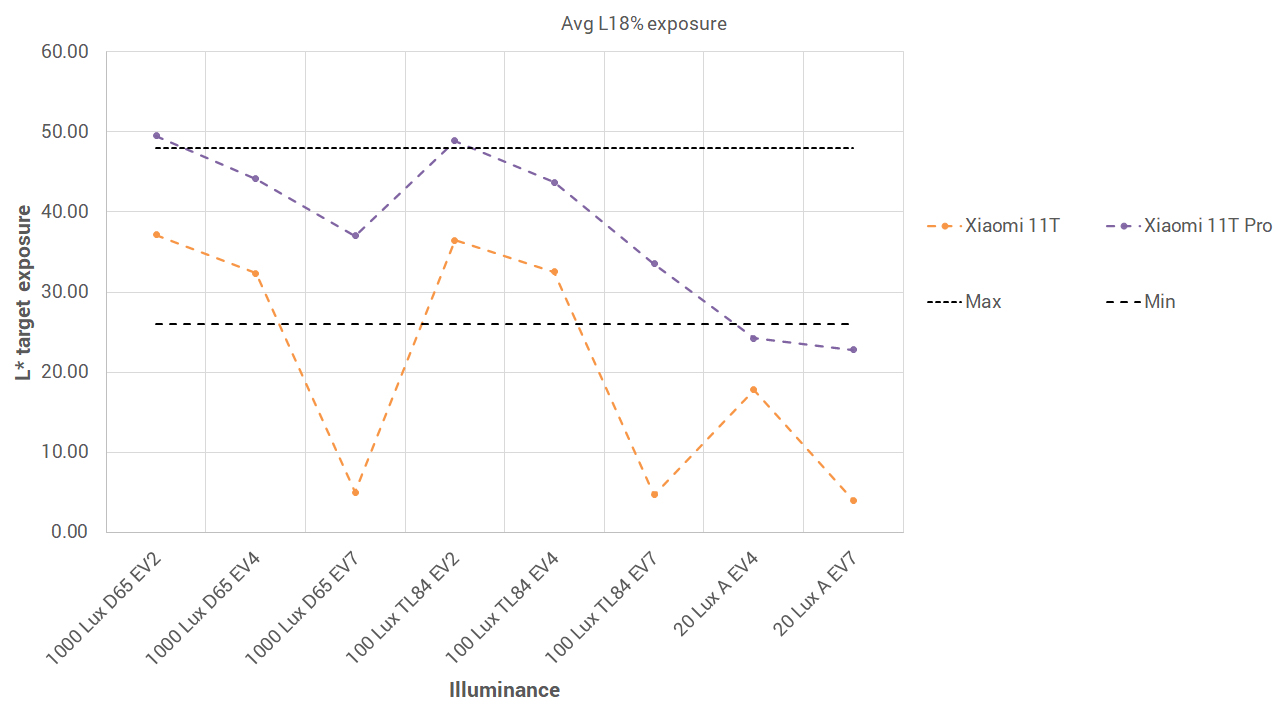

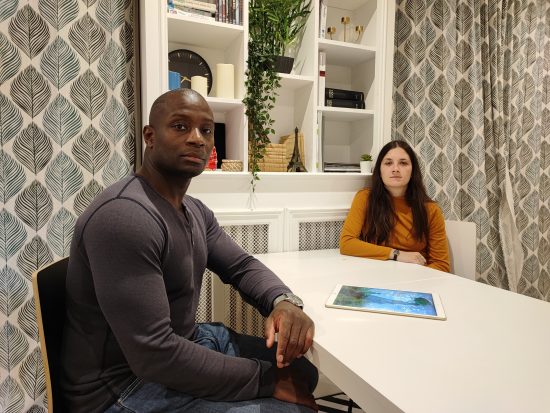
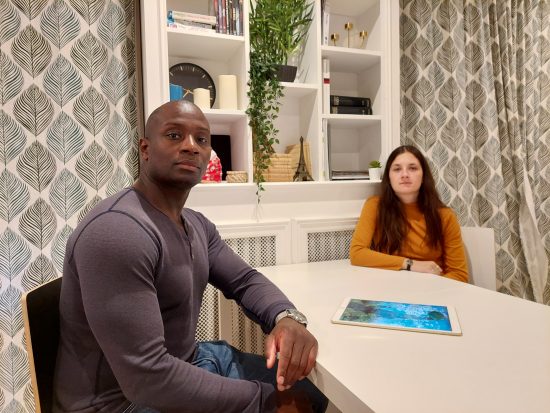
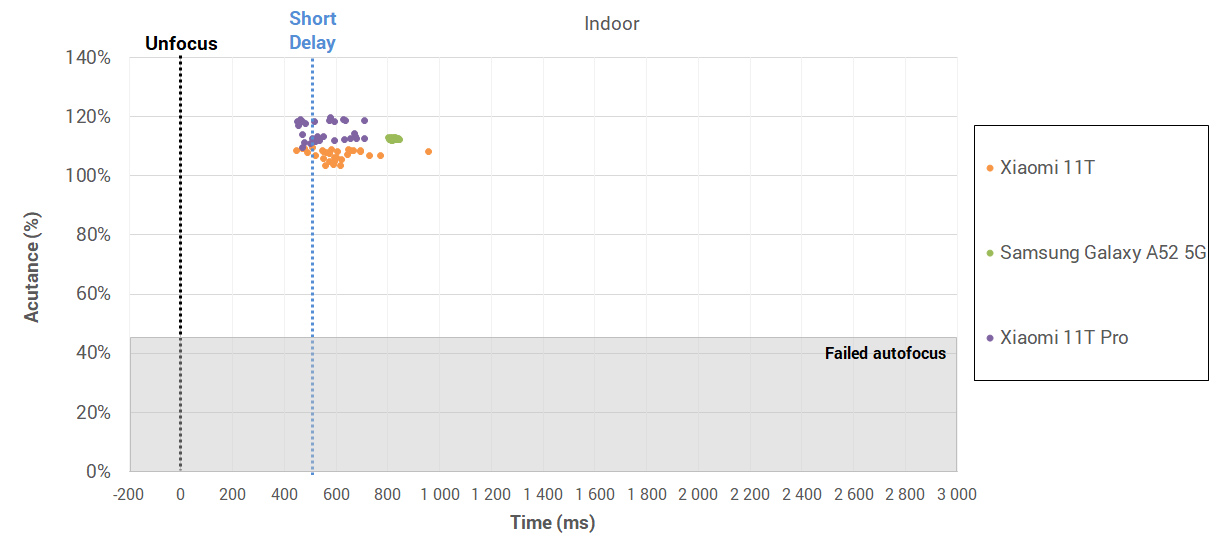
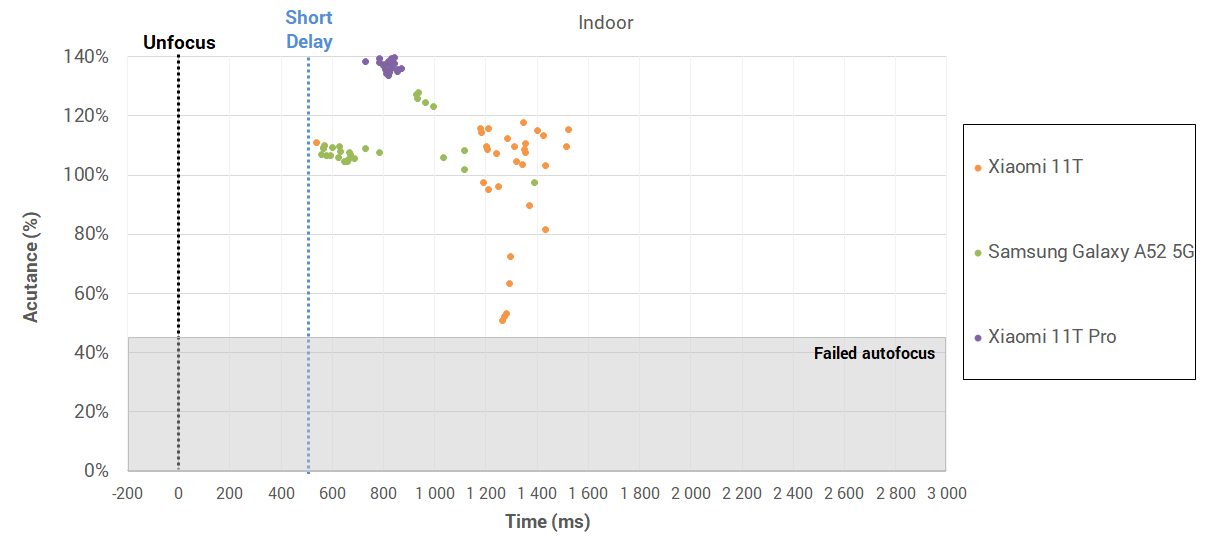
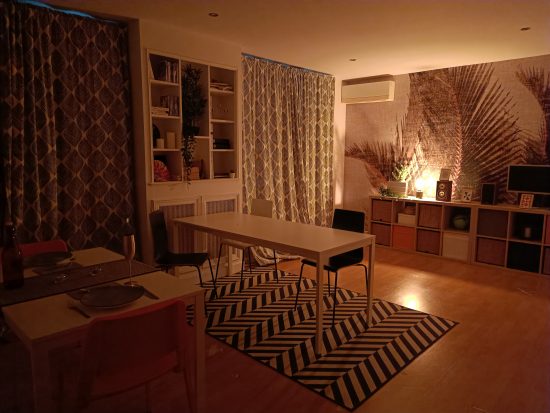
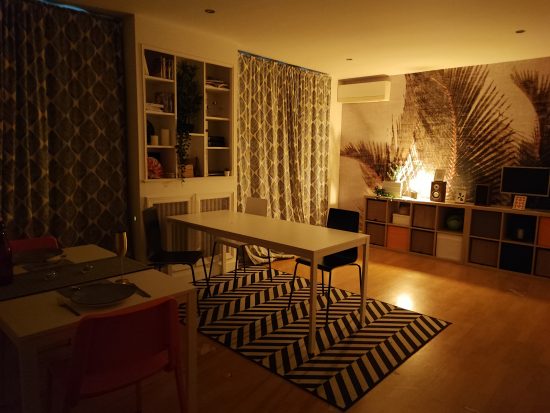
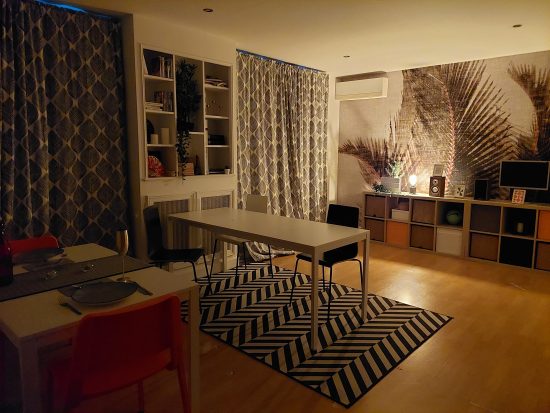
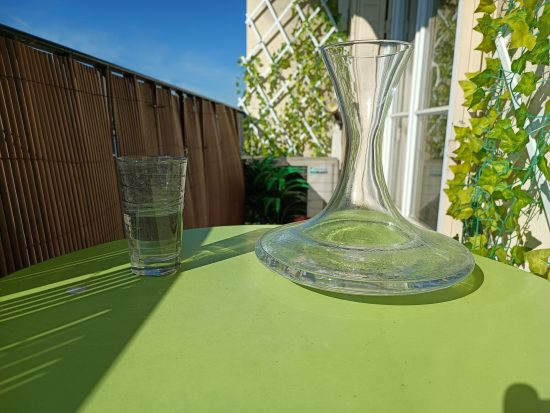
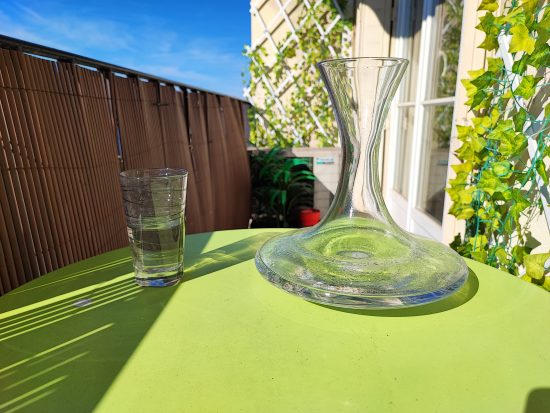
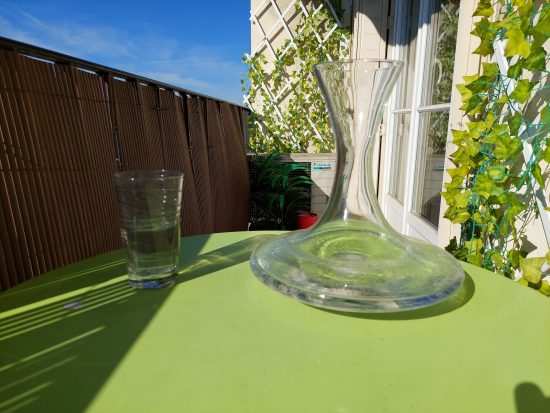


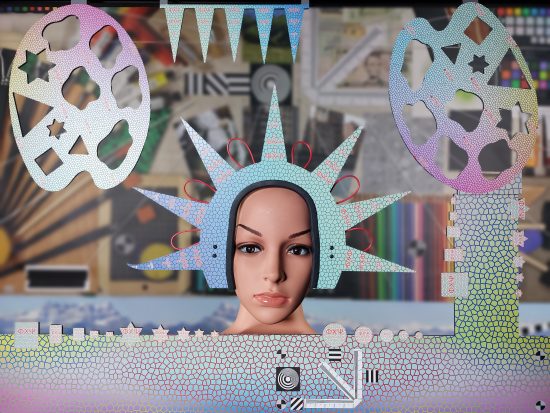
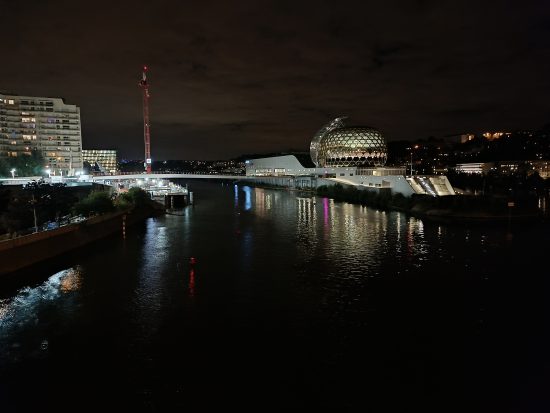
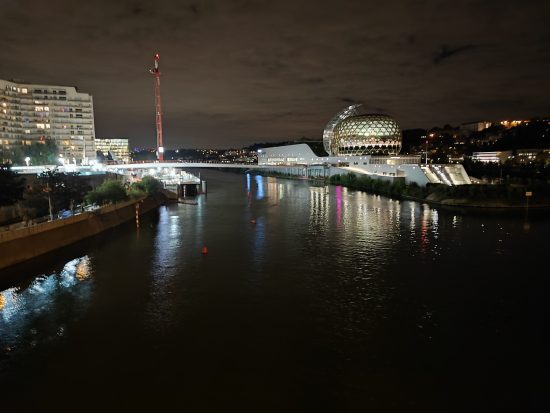
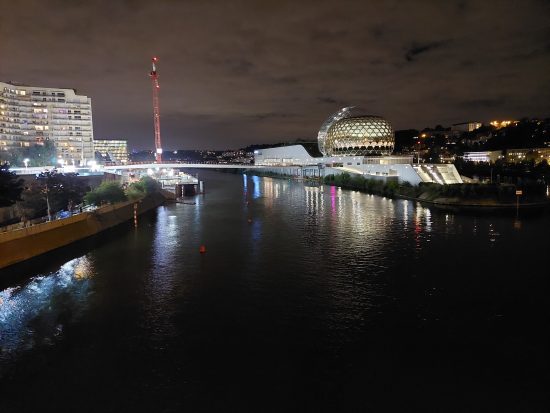
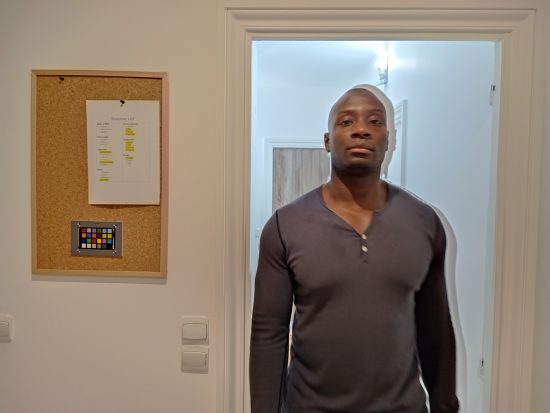
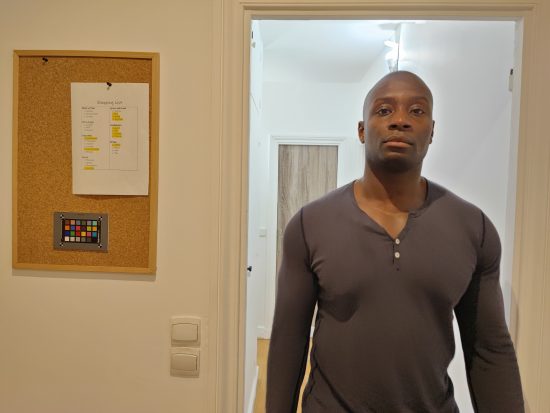
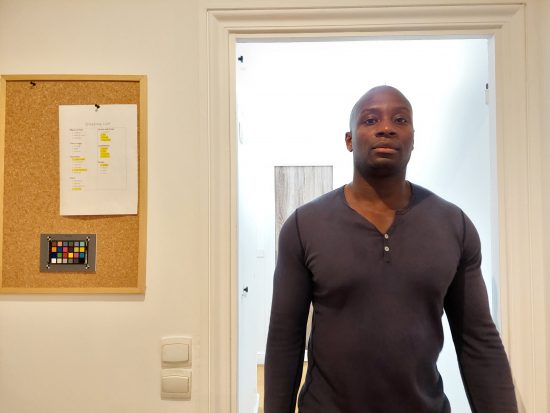

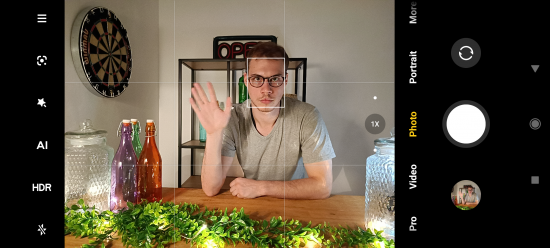
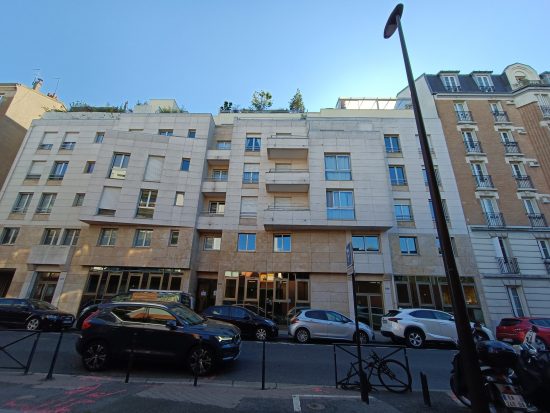
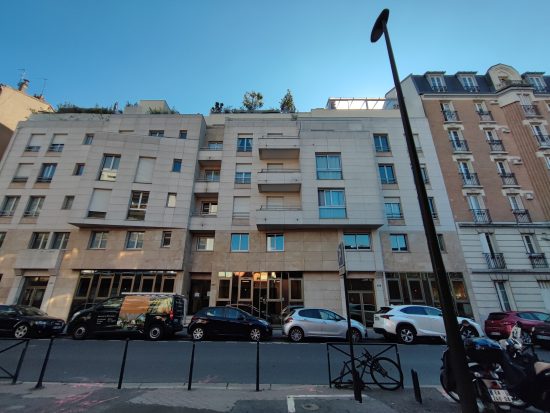









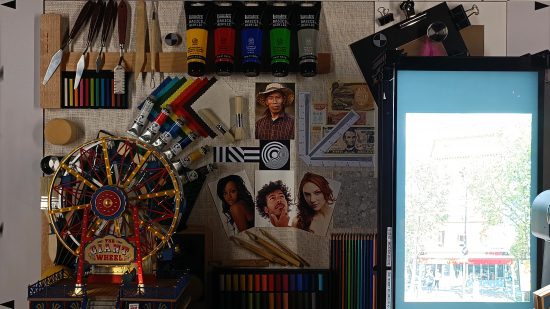
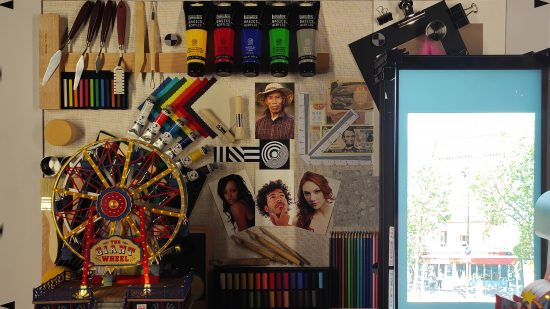
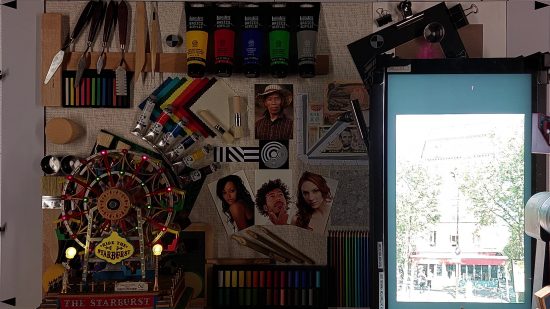
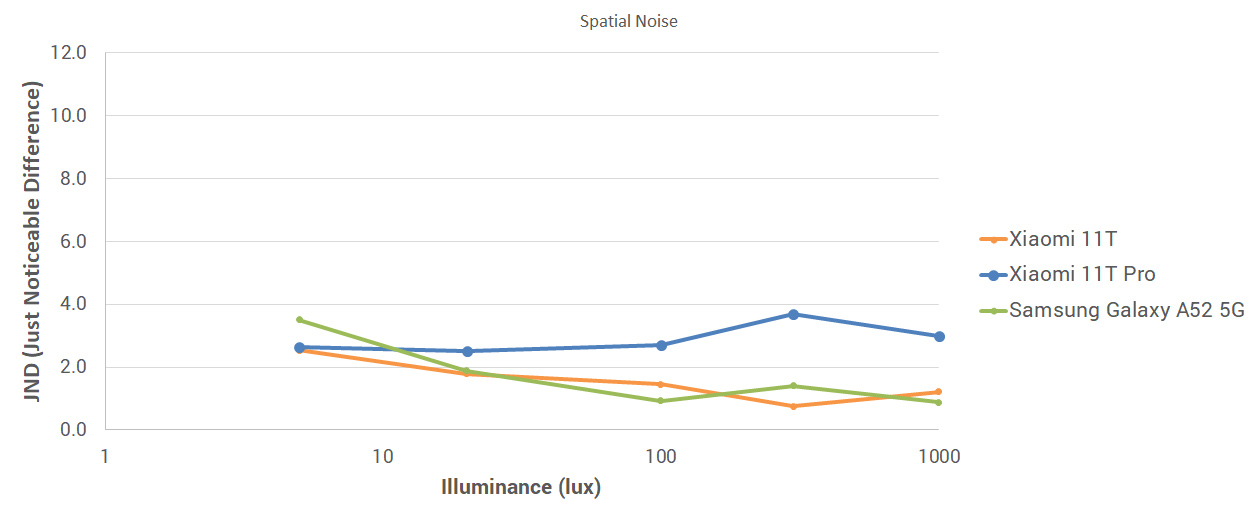


DXOMARK encourages its readers to share comments on the articles. To read or post comments, Disqus cookies are required. Change your Cookies Preferences and read more about our Comment Policy.